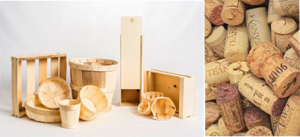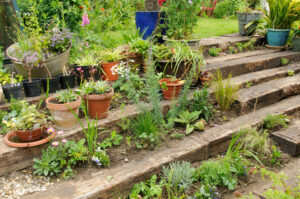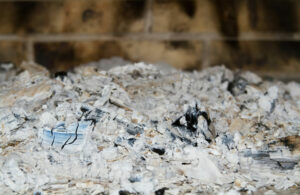Wood and cork waste

Coating of wood as paint and lacquer as well as wood preservers contain toxic substances, which may not get into the environment. The same applies to plywood and chipboard, which contain glue, bonding agents and resins. Wood dust and in particular dust from beech and oak wood can be cancerous. Use a performing aspiration and protective clothing when working with these wood types.
Use returnable palettes and ask specialist companies to repair damaged palettes, this saves money and raw material. Cork is a good isolation material, which may also be used as flooring material.
Untreated wood can be used as raw material in the production of chipboard. Treated wood has to undergo heat treatment in special installations. Cork waste is shredded and used for the production of insulation material and additives.

Wood and cork waste
Coating of wood as paint and lacquer as well as wood preservers contain toxic substances, which may not get into the environment. The same applies to plywood and chipboard, which contain glue, bonding agents and resins. Wood dust and in particular dust from beech and oak wood can be cancerous. Use a performing aspiration and protective clothing when working with these wood types.
Use returnable palettes and ask specialist companies to repair damaged palettes, this saves money and raw material. Cork is a good isolation material, which may also be used as flooring material.
Untreated wood can be used as raw material in the production of chipboard. Treated wood has to undergo heat treatment in special installations. Cork waste is shredded and used for the production of insulation material and additives.








